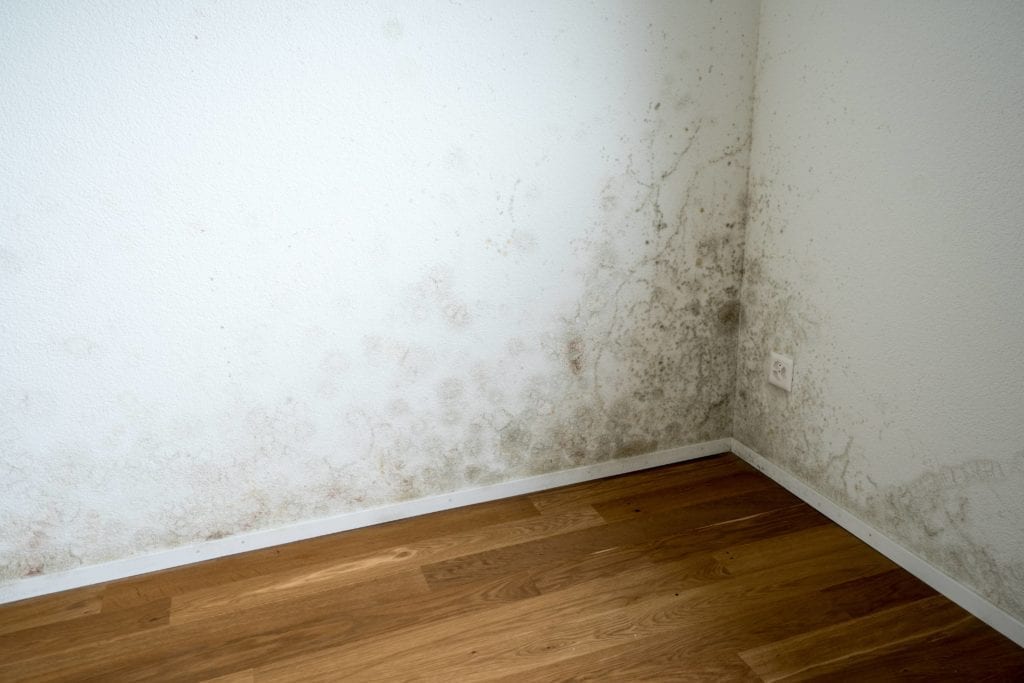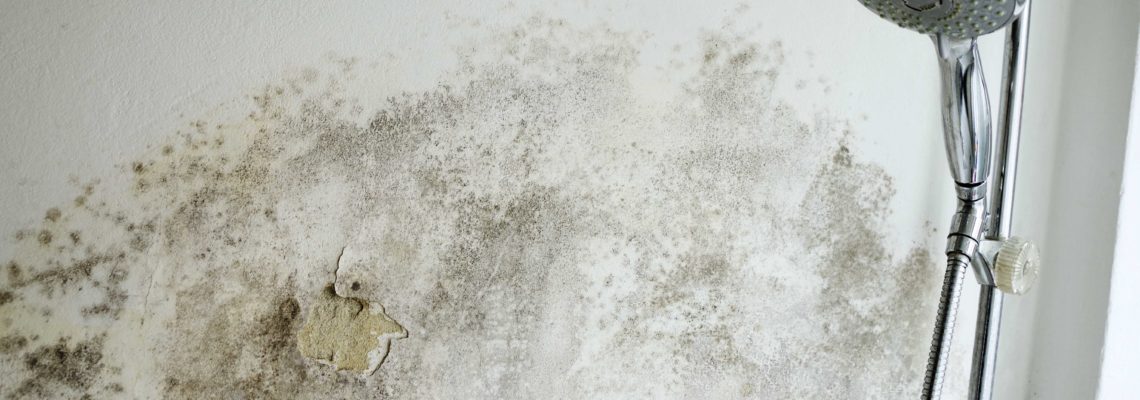Guide on Managing Water Stains on Walls: Inspection and Solutions
Guide on Managing Water Stains on Walls: Inspection and Solutions
Blog Article
This great article following next about Indicators of Water Damage Behind Walls is immensely stimulating. Read on and make your own personal results.

Water stains on walls are not pleasurable to the eyes. Occasionally it appears virtually inevitable to experience water discolorations on wall surfaces in residences.
Home owners residing in damp regions regularly manage the anxiety of water discolorations on wall surfaces. However that doesn't need to hold true for you. With precise as well as all-round info on the reasons for water stains and also timely repair procedures, you will constantly be an action ahead of such events. So, this write-up guarantees to be a practical guide for you.
3 Common Root Causes Of Water Spots on Walls
In contrast to common belief, water stains on wall surfaces do not constantly stem from poor building materials. There are numerous causes of water spots on wall surfaces. These consist of:
Poor Drainage
This will certainly protect against water from seeping right into the wall surfaces. This links to extreme moisture that you discover on the wall surfaces of your building.
So, the leading source of wet walls, in this instance, can be a poor drainage system. It can additionally be due to poor administration of sewer pipes that go through the structure.
Damp
When hot damp air meets dry chilly air, it creates water beads to base on the wall surfaces of structures. This takes place in bathroom and kitchens when there is heavy steam from food preparation or showers. The water beads can tarnish the bordering walls in these parts of your home and spread to other areas.
Moist or condensation affects the roof and walls of buildings. This triggers them to show up darker than various other locations of the residence. When the wall is wet, it creates a suitable atmosphere for the growth of microorganisms as well as fungi. These might have adverse effects on health, such as allergies and respiratory disorders.
Pipe Leaks
The majority of houses have a network of water pipes within the wall surfaces. It always increases the feasibility of such pipes, as there is little oxygen within the wall surfaces.
Yet, a drawback to this is that water leakage influences the walls of the structure as well as triggers widespread damages. A telltale sign of faulty pipelines is the appearance of a water tarnish on the wall.
Water Discolorations on Wall Surface: Repair Work Tips
Home owners would typically desire a quick fix when handling water discolorations. Yet, they would certainly soon recognize this is disadvantageous as the water spots reoccur. So, below are a few handy ideas that will guide you in the repair service of water stains on wall surfaces:
Pro Tip
A houseplant in your home likewise increases its humidity. So, if your house is already humid, you might intend to introduce houseplants with very little transpiration. An instance of appropriate houseplants is succulents.
Verdict
Although no person intends to have water stains on walls in their residence, it can happen to the very best of us. This short article offers you leverage, as you now recognize how to manage this problem if it does occur.
It is always best to hire professional services to aid fix the damages in your house.
In some cases it seems practically unavoidable to experience water stains on walls in homes.
In contrast to preferred idea, water stains on wall surfaces do not constantly stem from inadequate structure products. There are a number of causes of water stains on walls. The water droplets can stain the surrounding wall surfaces in these components of your residence as well as spread to other areas.
Here are a few useful tips that will lead you in the repair service of water spots on walls:
CHECKING FOR WATER DAMAGE
Water damage can be costly, and it may begin before you even notice the first signs of trouble. Water damage can cause mold and mildew in your walls and floors, which can create an abundance of health concerns for your family. It can also lead to costly repairs of various appliances and general home fixtures. To avoid the pricey consequences of water damage, here are Warner Service s top 5 places you should check:
The walls The easiest place to spot the beginnings of water damage is on the walls and ceilings of your home. If water damage is present, there will most likely be water stains, especially around the windows and doorframes, and/or cracks in the drywall. If a stain looks unusual (discolored to brown, black or gray, raised texture), has a swollen appearance or is soft to the touch, contact a professional immediately. The pipes To avoid water damage, consistently check the pipes in your kitchen (especially the dishwasher and ice maker), bathrooms, laundry room (specifically washing machines) and basement for corrosion, leaks and water stains. Pay special attention to where the pipes connect in your home and the location of caulking around the bathroom fixtures, including toilets, sinks, showers and tubs. Missing or loose caulking and grout could be signs of leaking water. This seepage can also quickly cause mold and rust, so double check your water heater and tank for wet spots on the floor. The floor Water damage is very easy to spot on the floor. Look for any warping or buckling of the material, especially in the basement. If your home has wood flooring, look for bright white or dark stains. If your home has carpeting, keep it dry and clean. A damp carpet that smells of mold could cause water damage and health problems. To avoid this, consider installing floor pans under your appliances to help prevent damages from small, slow and undetected leaks. The basement and attic If your basement or attic smells odd check for mold and mildew around the area, especially the valley where the roof meets. While you are inspecting those areas, check for wall cracks, floor stains, rust and dampness in the insulation. If you live in a colder and/or rainier climate, perform routine checks for water damage from melting snow or ice and rain. The exterior Check the roof for damaged flashing and missing, cracked or curled shingles. There should also be no standing water anywhere outside your home. This could be caused by puddles, leaky rain gutters or hoses, poor drainage, or short gutter spouts. Invest in a sump pump system or water flow monitoring system, and perform routine maintenance on these outdoor appliances to avoid indoor water damage.

Hopefully you enjoyed reading our section on Water Stains on Walls. Thanks so much for taking a few minutes to browse our blog post. Feel free to set aside a second to share this blog if you liked it. Thank you so much for taking the time to read it.
Call Today Report this page